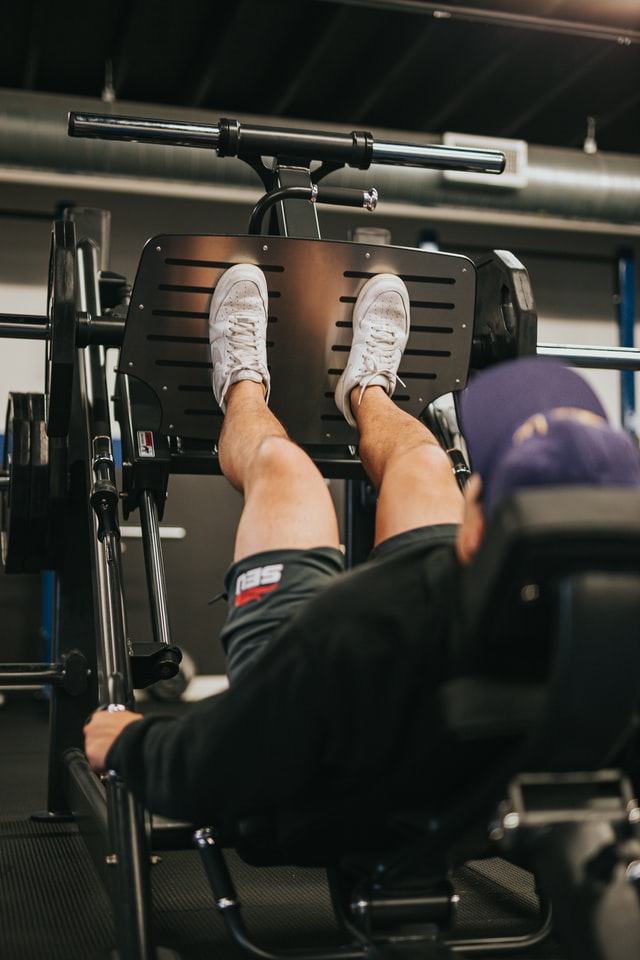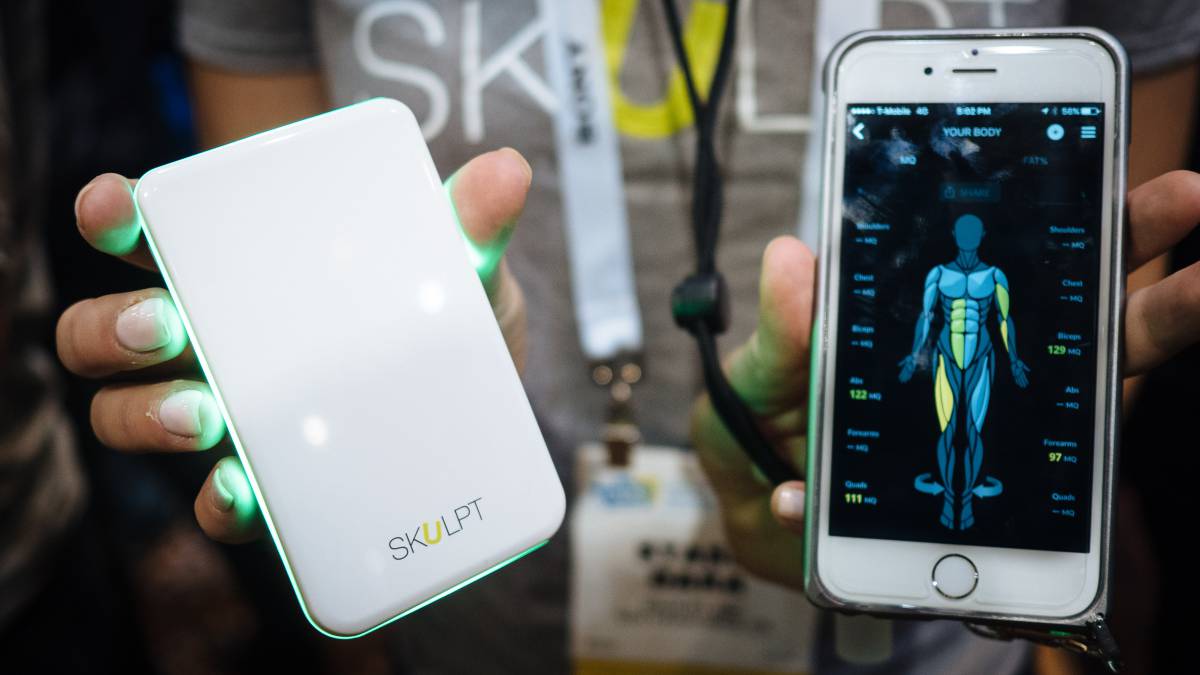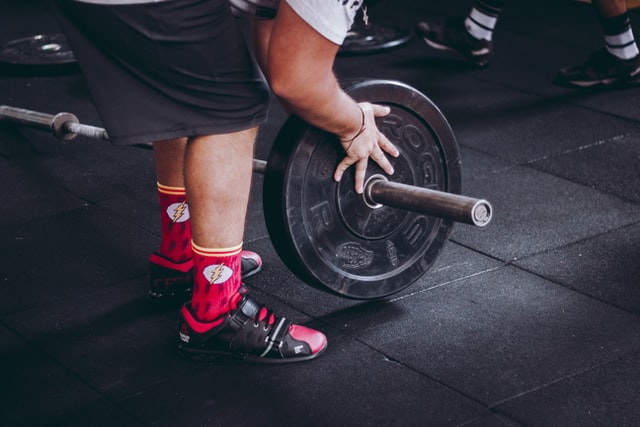If you don’t already know Fitenium is a free, mobile, video-based social network for athletes who train strength or bodyweight exercises. At Fitenium users can follow their performance, compete and get discounts in nutrition and sports equipment stores. Download it here.
Beyond the characteristics and differences between HIIT and traditional cardio, it is interesting to analyze fat burning and which is better for weight loss.
Along these lines, it is worth sharing a study that created three groups of sedentary men to check and compare fat burning in both types of training. One of them acted as a control group, the other performed 3 cycling sessions, working at maximum intensity for 20 seconds followed by a 1-minute active break. The last group cycled at 70% of maximum heart rate for 45 minutes.
After 12 weeks, both groups showed the same improvement in insulin sensitivity, VO2max, weight, and fat loss. Interestingly, the HIIT group only worked out 15 minutes a week, while the other groups spent 135 minutes a week cycling. In the end, both workouts were comparable in terms of weight and fat loss, but it’s clear that HIIT is more efficient because it saves the user time.

Published on Unplash by Clem Onojeghuo
This is mainly due to the EPOC (excess post-exercise oxygen consumption) effect caused by HIIT. In short, COPD occurs after intense exercise. During this type of exercise, your body develops hypoxia, which increases your basal metabolism, and your body burns more calories during the 48 hours after training to recover.
Studies have found similar results between traditional cardio and HIIT, as this basically means that even training for a few minutes will burn more calories and more fat over the next few hours. This is why it is possible to burn the same calories in less time with HIIT.
HIIT for overweight people
One of the things that is often said about high intensity training is that it is not usually recommended for sedentary or obese people. In any case, other studies have shown that this is not the case, and that with adequate supervision this group of people can also achieve benefits.
In particular, a study was carried out with a group of overweight people, two training methods (HIIT and conventional aerobic exercise) were tested on 30 sedentary obese women, and similar to previous studies, the results were similar in both.

Published on Unplash by Sam Moqadam
Both groups trained 3 times a week for 12 weeks, both reduced waist, leg circumference, weight and fat, and also improved various health indicators such as VO2max. The only difference with those who trained HIIT was that it took less time each day to finish the training.
Again, in terms of results, both workouts appear to be equally effective, but HIIT ultimately won out in a landslide.
even in the elderly
In this other study, where men have an average age of 65, HIIT is performed once a week (every 5 days) at 50% max intensity for 30 seconds of straight work and a 3-minute recovery.
It seems the group was always in control, did a pre-conditioning period, and did not train at maximum intensity due to age, but still achieved benefits. At the end of the 6-week workout, the HIIT individuals were seen to improve their maximum power over the control group.

Published on Unplash by Amin Hasani














